In my latest article for Daily Sabah, published on July 20, I explored the reasons behind Türkiye’s Peace Operation on Cyprus on July 20, 1974, providing the historical context leading up to the event. In this second part, I will delve into the operation’s aftermath, detailing how and why Türkiye launched a second operation on Aug. 14, which ultimately led to the establishment of the Turkish Republic of Northern Cyprus (TRNC) and its lasting consequences.
Aftermath of July 20 operation
The Greek National Guard, led by Greek officers, and EOKA-B terrorist organization militants supported by them, acting on orders from the junta in Greece, staged a coup against the first president of the Republic of Cyprus, Archbishop Makarios, on July 15, 1974, under the leadership of Nikos Samson, and declared the Republic of Cyprus. This was Greece’s official intervention on the island. Meanwhile, members of the Greek armed forces and Greek terrorist organizations had taken action against unarmed Turkish civilians on the island. This is how the 1974 crisis began. In response, the U.K. announced that it did not recognize the new government, and the U.S. also stated that it did not approve of the coup.
However, Türkiye considered the overthrow of the constitutional order and the establishment of an illegitimate administration to be a violation of the agreements on Cyprus and announced that it did not recognize the new administration. Türkiye acted on the basis of the right granted to it by the last paragraph of Article 4 of the Guarantee Agreement, according to which each of the three guaranteeing states reserves the right to take action with the aim of reestablishing the order established by this agreement, if there is no possibility of joint or concerted action. As a result, Ankara launched an amphibious operation on the island on July 20, 1974.
Two days later, on July 22 at 5 p.m., Türkiye announced that it would comply with U.N. Security Council Resolution 354 calling for a cease-fire. Still, all threats against the Turkish civilian population could not be eliminated. For this reason, Turkish Prime Minister Bülent Ecevit felt the need to alert the world public, and he called on the U.N. to stop the genocide of Turkish Cypriots. He reiterated that Türkiye accepted the cease-fire but would not allow the massacre of Turkish Cypriots.
On July 25-30, peace talks began in Geneva, and the agreement reached ultimately established a security zone between Greek Cypriots and Turkish forces, organized by the U.N. The Greeks would withdraw from the Turkish villages they had occupied. The U.N. would ensure the security of mixed villages. The Greek side did not comply with what needed to be done before the second Geneva conference, which was to begin on Aug. 8. They did not withdraw their troops from Turkish and mixed villages and did not release the prisoners. At the second Geneva talks, the Turkish side requested that a date be set for the implementation of the first Geneva decisions. In addition, the Greeks and Cypriot Greeks continued their attacks on Turkish areas and took many Turks prisoner; Turks were particularly besieged in places such as Muratağa, Atlılar, Sandallar and Taşkent.
At the Second Geneva Conference, the Turkish side also proposed the adoption of a federative state based on geographical principles in Cyprus, but the Greek side did not accept this proposal. The Greek delegation wanted to buy time for the Greek forces. On Aug. 12, the Turkish side presented its final offer. When the Greeks applied the same tactic, the negotiations were suspended on Aug. 13, and the next day, Operation II began with the slogan “Ayşe Goes on Vacation” (Ayşe Tatile Çıksın). On Aug. 16, the objectives were achieved, and the U.N. cease-fire call was complied with.

EOKA massacres, assassinations
On Aug.14-15, 1974, EOKA carried out a massacre targeting Turkish Cypriots in the villages of Muratağa, Sandallar and Atlılar in Cyprus. The Greek Cypriots killed everyone except three people in the village of Atlılar in Famagusta, which had a population of 57, and the entire population of 57 people in the village of Sandallar. Meanwhile, in the village of Muratağa, where 82 people lived, the Greeks lined up the entire village population and killed them with machine guns, then buried them in a mass grave, poured gasoline on them and set them on fire.
In the massacre, 126 Turks lost their lives, the youngest being 16 days old and the oldest 95 years old. The pits where these civilians were collectively buried were discovered by chance and opened in the presence of U.N. representatives and the world press. There was negligence on the part of the U.N. peacekeeping force in these massacres, but it was not given enough attention. If the U.N. had truly investigated the events and questioned itself, perhaps similar massacres, such as the one in Srebrenica, Bosnia, would not have occurred. It also became clear that if the Second Operation had not taken place, similar massacres would have befallen the Turks in the Greek-controlled areas. Türkiye prevented the genocide of Turks in Cyprus with the Second Peace Operation.
Meanwhile, Greek Cypriots staged protests in front of the U.S. Embassy, claiming that the U.S. had not prevented Türkiye’s intervention on the island. During one of these protests, an assassination was carried out. U.S. Ambassador to Nicosia Rodger P. Davies, 53, was targeted by a sniper from the EOKA terrorist organization during the protests in Nicosia on Aug. 19, 1974. Rodgers and his Maronite secretary, Antoinette Varnava, 40, were killed in the shooting. The ambassador had taken up his post in Cyprus on July 11, 1974, one month earlier. He had requested the position due to the death of his wife from brain cancer a year earlier. When the ambassador died, his daughter was 20 and his son was 15. U.S. President Gerald Ford and Secretary of State Henry Kissinger attended the ambassador’s funeral.
In the trial held in the Greek Cypriot community, the court initially dismissed the case, but it was reopened at the insistence of the U.S. In the trial, which was completed in 1977, two of the six EOKA defendants – G. Ktimatias, who was allegedly the triggerman, and N. Leftisv – were found guilty and sentenced to seven and five years in prison, respectively. Their sentences were later reduced, and they were released after 18 months. The assassination of the U.S. ambassador was covered up by the Greek lobby and removed from the U.S. and world agenda, and thereby the assassination was forgotten.
What did the peace operation bring?
Fifty-one years after the Cyprus Peace Operation, we can say with certainty that the operation truly brought peace to both Turks and Greeks on the island. Intercommunal talks have been ongoing on the island for 50 years, but there has been no intercommunal conflict. There have been no political assassinations there for the past 50 years. The peace operation led to the fall of the junta in Greece and the return of democracy to Greece. Democracy is functioning with all its institutions in both the Turkish and Greek Cypriot communities in Cyprus. There is no need to jeopardize this peaceful environment.
It is now imperative that the Turkish Cypriots be freed from the embargoes they have been subjected to since 1963 by having the TRNC recognized by all countries. At this point, it should also be noted that the recognition of the TRNC should not entail the withdrawal of Turkish troops from the island and the end of Türkiye’s guarantee. Indeed, today, everyone recognizes the State of Palestine except for a few Western countries, yet the genocide in Gaza cannot be prevented. Türkiye’s active guarantor role is indispensable for peace in Cyprus and the Eastern Mediterranean.

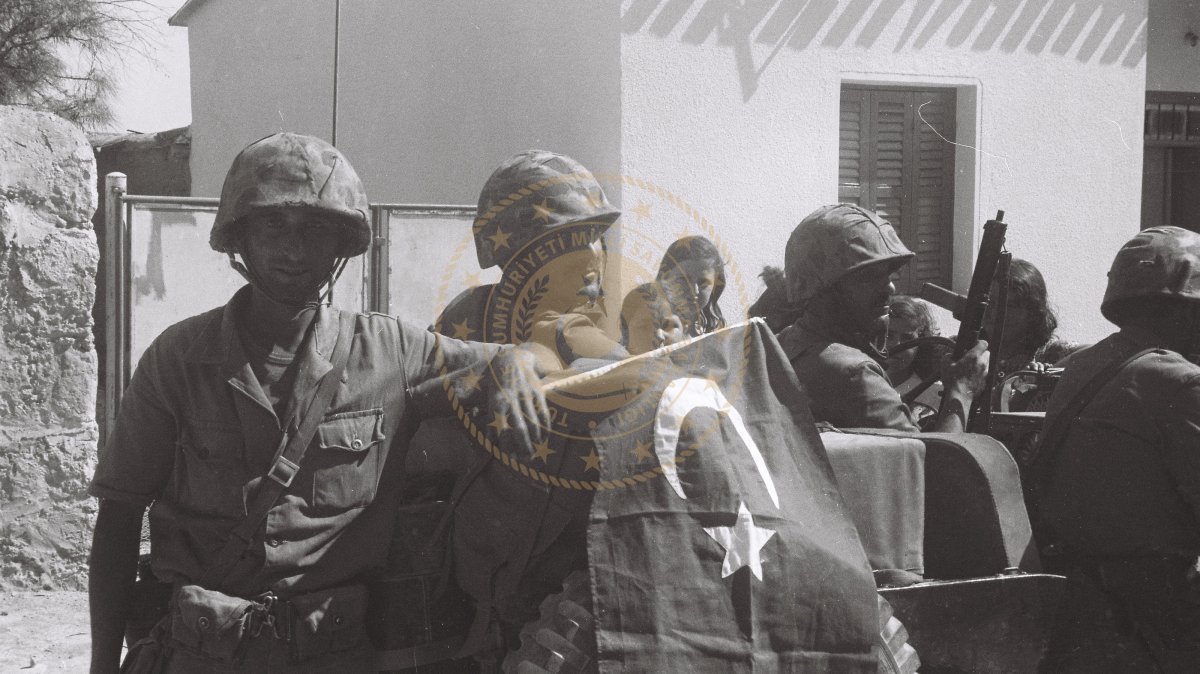
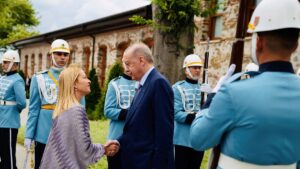
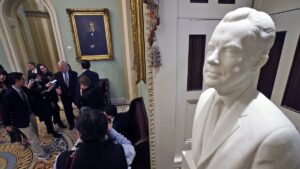
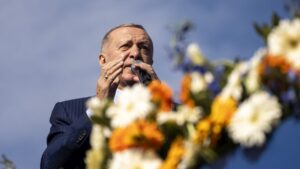

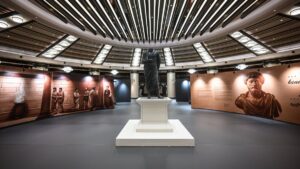
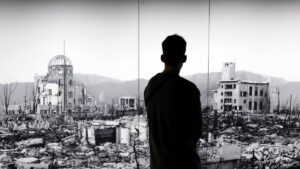
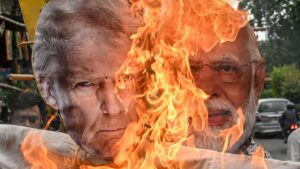
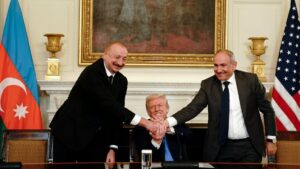
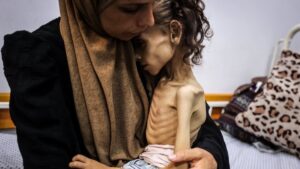
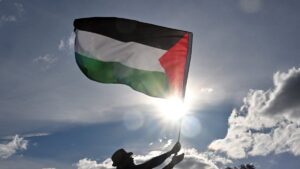
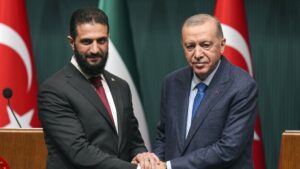


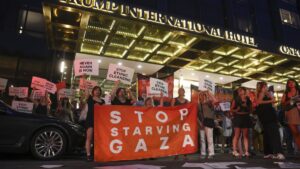
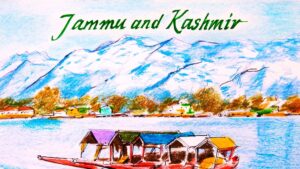

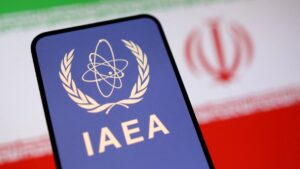
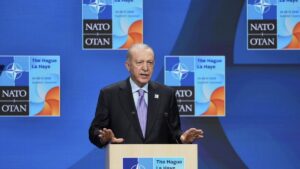
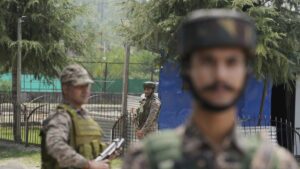
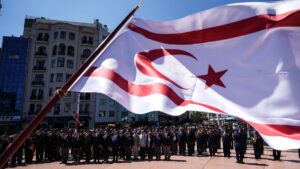

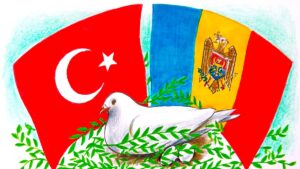

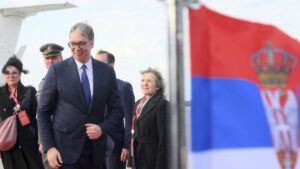
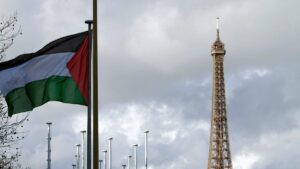
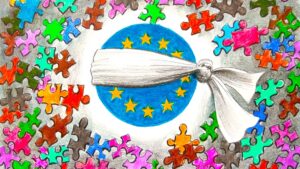
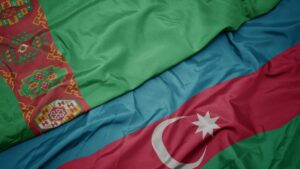
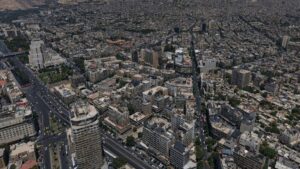
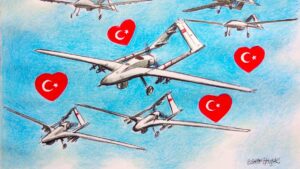
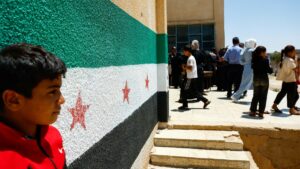
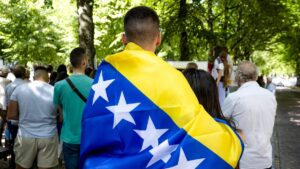
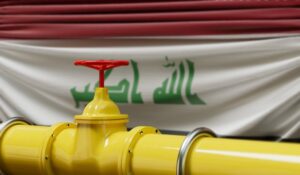
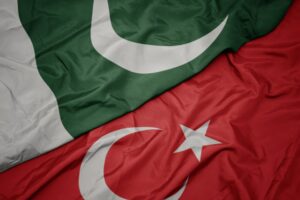
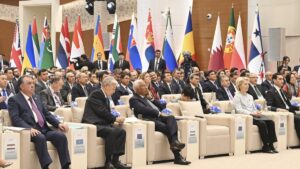
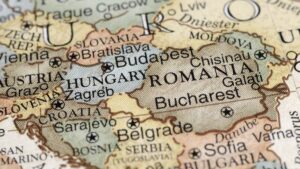

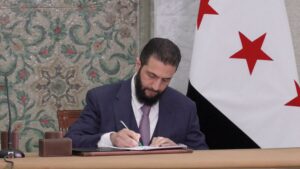



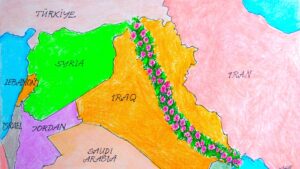
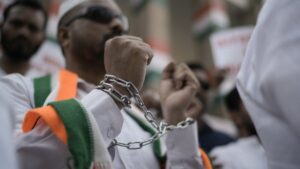

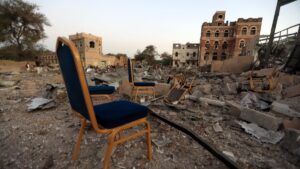
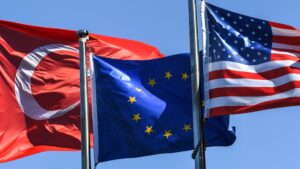
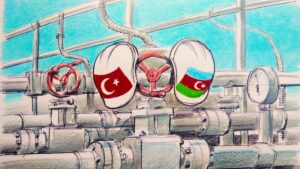

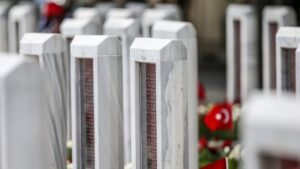
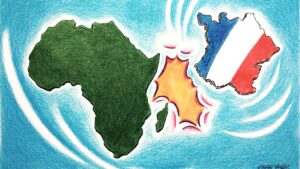
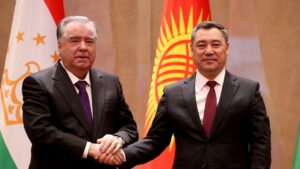
Be First to Comment